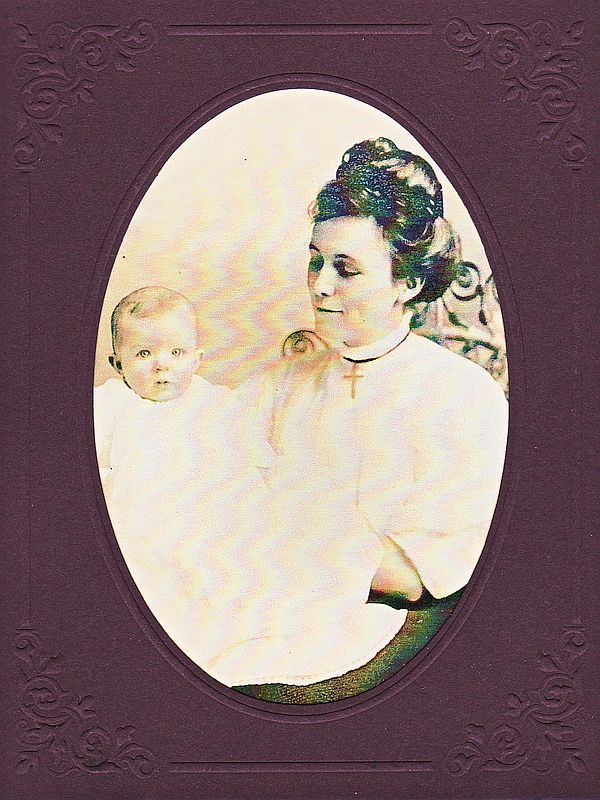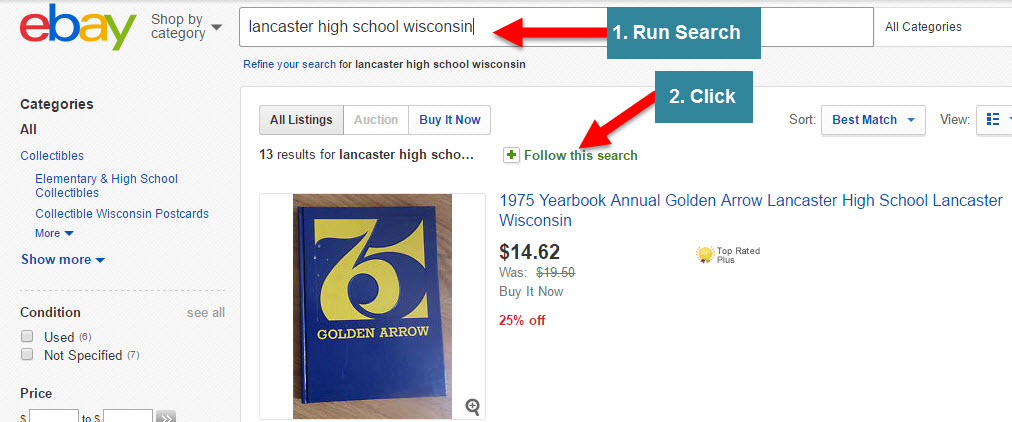Google Searches for Genealogy Leads to an Opera’s Worth of Stories
Google searches for genealogy are a main focus of our Google Guru, Lisa Louise Cooke. Read this inspiring story of how one Genealogy Gems reader used Lisa’s Google search tips to find a trove of family stories worthy of an opera.

Opera house image courtesy of National Archives and Records Administration via Wikimedia Commons.
You never know when the amazing technology of the internet and Google will lead to a discovery that will open the doors on your family history. I recently received a letter from Genealogy Gems listener, Kristen. She shared the sad tale of her maternal grandmother’s history. Her grandmother had lost her mother before the age of two. Then, as an only child, her father abandoned her to be raised by a less-than-loving step mother. This young woman grew-up and had children of her own, but all she had in the way of a family history was the memory of her father’s name and a handful of unnamed photographs.

Merton E. Markert
Kristen went on to say, “She never really spoke of her sad childhood, save to say that the stepmother would tell her she had always been unwanted and that her mother was unloved and the marriage was forced.”
Among the handful of mystery photographs of her grandmother as a child, was a brief article from a newspaper. It was a lesson in manners titled Silence is Golden and it was written by Merton Markert, a student of the Modern Classics. A photo of a young woman was attached.
Using Clues for Google Searches for Genealogy
I took your advice and Googled Merton Markert Modern Classical Silence Golden. Up came the Lancaster High School Yearbook for 1905, featuring p. 41, the senior class portraits with their course study descriptions and a small personal quote for each. There was that exact photo of her, and the name Merton Markert, Modern Classical with the quote, “Life seems a jest of Fate’s contriving.”

Photo courtesy of Kristin Wat
The whole yearbook had been digitized by Mocavo, and it is the only yearbook for that high school in several years. My great-grandmother [Merton Markert], who had been buried and unspoken for a hundred years, had reached out to me. She wanted me to find her! Lisa, I cannot adequately describe the feelings I experienced at that moment of discovery. You understand how a moment like that feels, I’m sure. The chills, the tears…I felt like I was staring into her eyes, reaching through a century of silence, and finally able to acknowledge her sacrifice and legacy.
On the football team that year was my great-grandfather, and the whole book was ripe with clues that still hold nuanced significance.
From there, I was able to grow a tree on Ancestry.com and get the basics. But that does not tell you who the person is, the struggles, the character, the story. So taking your lead, and thinking like my brother the Sherriff Detective, I got creative. Using all kinds of searches and sniffing and turning over and under, I was able to uncover a veritable opera’s worth of stories within this one branch [of my family tree]. The cast of characters include: A Colonial founder, a secret bastard half-sister, a suicidal mother, a Klondike Gold Stampeder, alcoholics, a rejected Baptist Pastor, a homosexual affair-turned-murde
So thank you, my clever inspiration.
Lisa’s Response to Kristen with Additional Ideas
Thanks for sharing your fascinating story. I completely understand the emotions you felt the moment she was looking back at you on the screen. Those moments are precious and meant to be savored!Using search techniques from my book The Genealogist’s Google Toolbox, Second Edition, I also discovered this same yearbook on the robust and free Internet Archive website. Perhaps there is more there to be found. And I have an additional idea I thought you might like to try. It’s Ebay.
Ebay currently has a commencement program from 1902, old post cards of the school, and other yearbooks from Lancaster High School. Who knows what could be put up for auction in the future. You could sign up for a free Ebay account, run a search, and then click to Follow the search. You will then be alerted to future auctions that match your criteria. Happy hunting and thanks for being a Genealogy Gem!

Genealogy Gems Premium Members can listen to Premium episode 16 which goes in depth into my Tips for Finding Family History Related Items on eBay.
More on Google Searches for Genealogy
Google is an effective and easy-to-use genealogy tool, you just need to know a few basics. Watch my YouTube video on speaking Google’s language and be sure to subscribe to our YouTube channel so you don’t miss any of our tech tips and more!
